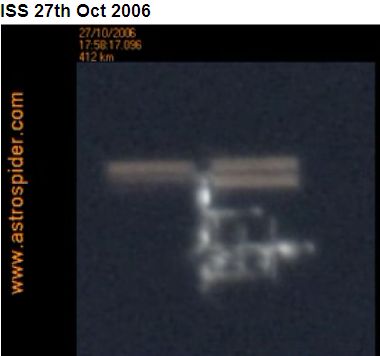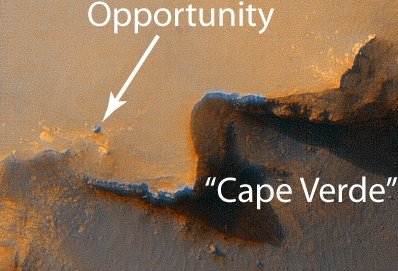
The ISS is the largest artifical satellite orbiting Earth -- with 240ft long solar panels and a 150ft long body, its mass is over 227 tons. Being this big, and orbiting at only a 350km altitude, it can be discerned as a non-pointlike object with a normal sized telescope. If your telescope can keep up, that is. The ISS crosses the sky in about five minutes. It's usually much easier just to enjoy watching it look like a bright star crossing the sky (predictions here: Heavens-Above.com)
Mike Tyrrell followed the ISS in his 10" Meade telescope and made a fantastic video, a three minute pass sped up 8x.
The old Mir space station before its demise appeared as a blazing "T" shape in the Ryerson telescope.




